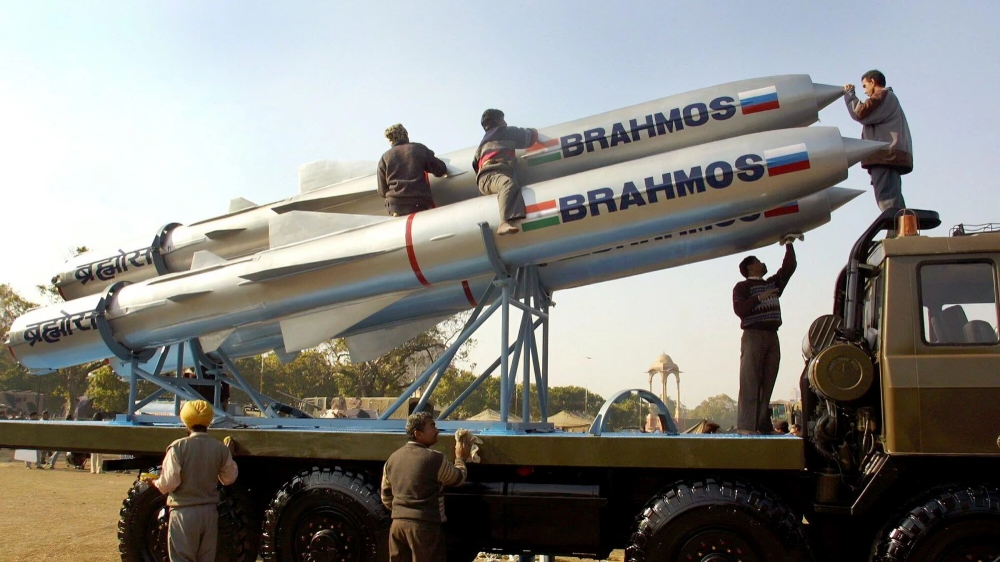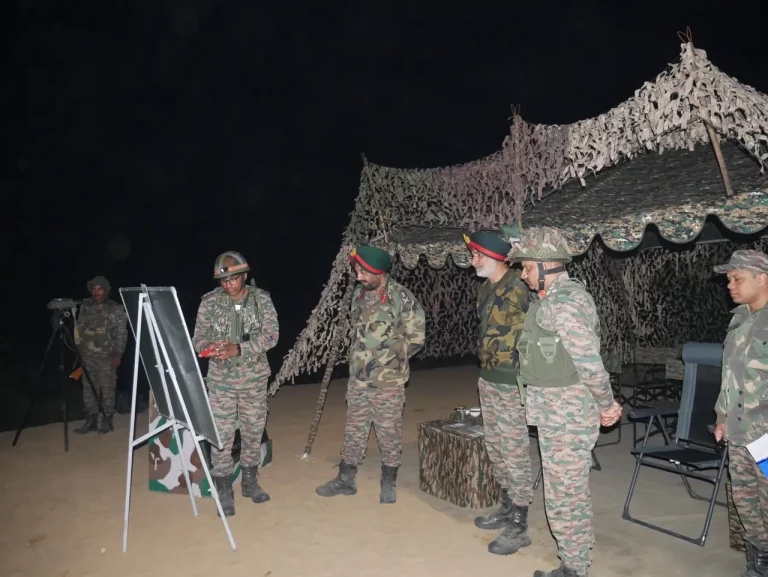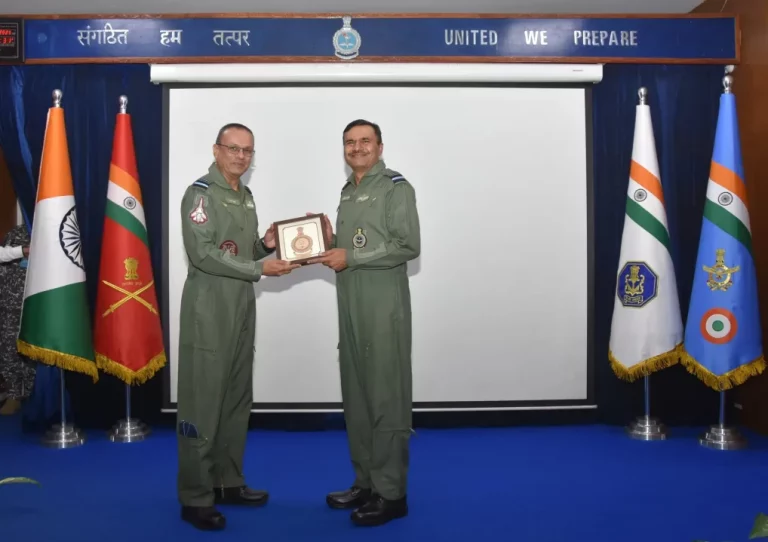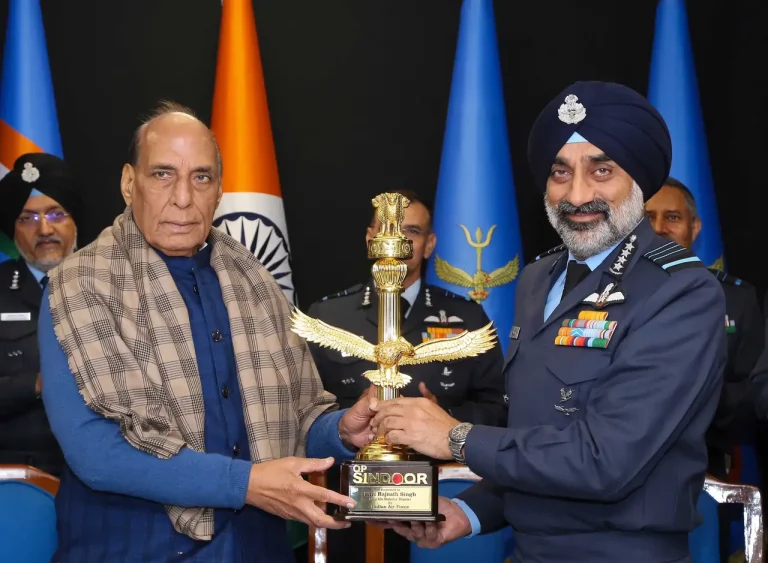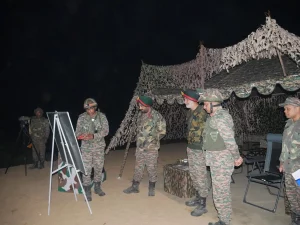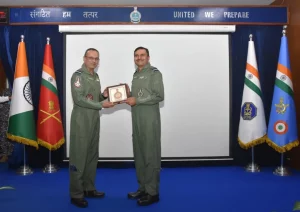The BrahMos missile, renowned as India’s most advanced and fastest cruise missile, has garnered heightened international interest following its notable deployment in Operation Sindoor. This operation targeted terror camps in Pakistan as a direct response to the recent Pahalgam attack, effectively demonstrating the missile’s exceptional accuracy and rapid deployment capabilities. The successful execution of this mission has reaffirmed India’s strength in precision-strike warfare, enhancing its defense stature on the global stage.
Developed through a collaborative effort between India and Russia, the BrahMos missile stands out as a supersonic weapon system with the versatility to be launched from land, sea, and air platforms. With a remarkable speed of Mach 3, it typically boasts a range of 290 kilometers, though upgraded variants extend this capability up to 500 kilometers and, in some cases, even 800 kilometers. This adaptability, coupled with its stealth features and high accuracy—paired with a substantial warhead capacity of up to 300 kilograms—has positioned the BrahMos as one of the most sought-after systems in the international arms marketplace.
The Philippines remains the only confirmed international buyer of the BrahMos missile to date, having entered into a $375 million agreement in January 2022 for the acquisition of three coastal defense batteries. The initial delivery was completed in April 2024, with the second set to arrive in April 2025. The success witnessed in Operation Sindoor has significantly bolstered the missile’s reputation, leading to broader international interest.
Currently, 17 nations are advancing through various stages of negotiation regarding the BrahMos missile system. Among them, Indonesia is pursuing an advanced version estimated between $200 million and $350 million. Vietnam has plans for a $700 million acquisition aimed at enhancing its Army and Navy capabilities. Meanwhile, Malaysia is assessing the possibility of integrating BrahMos into its Sukhoi Su-30MKM fighter jets and naval vessels.
Nations such as Thailand, Singapore, and Brunei are also exploring potential purchases to strengthen their regional defenses. Additionally, countries in Latin America, including Brazil, Chile, Argentina, and Venezuela, have expressed interest in variants tailored for coastal and naval defense. In the Middle East, Egypt, Saudi Arabia, the UAE, Qatar, and Oman are engaged in advanced negotiations, considering the missile for bolstering regional deterrence. South Africa and Bulgaria are also in discussions to procure the system for strategic applications.
Having first been tested on June 12, 2001, the BrahMos missile has undergone a series of continuous enhancements over the years. Its capability to operate at altitudes ranging from 10 meters to 15 kilometers while delivering precise strikes has made it a crucial asset in India’s military arsenal. The impressive performance showcased in Operation Sindoor further solidifies its status as a premier cruise missile on the global scene.
With increasing interest trickling in from regions like Asia, the Middle East, Latin America, and Eastern Europe, BrahMos not only strengthens India’s defense capabilities but also solidifies its role as a notable player in the global arms trade, potentially reshaping regional power dynamics and defense strategies.
